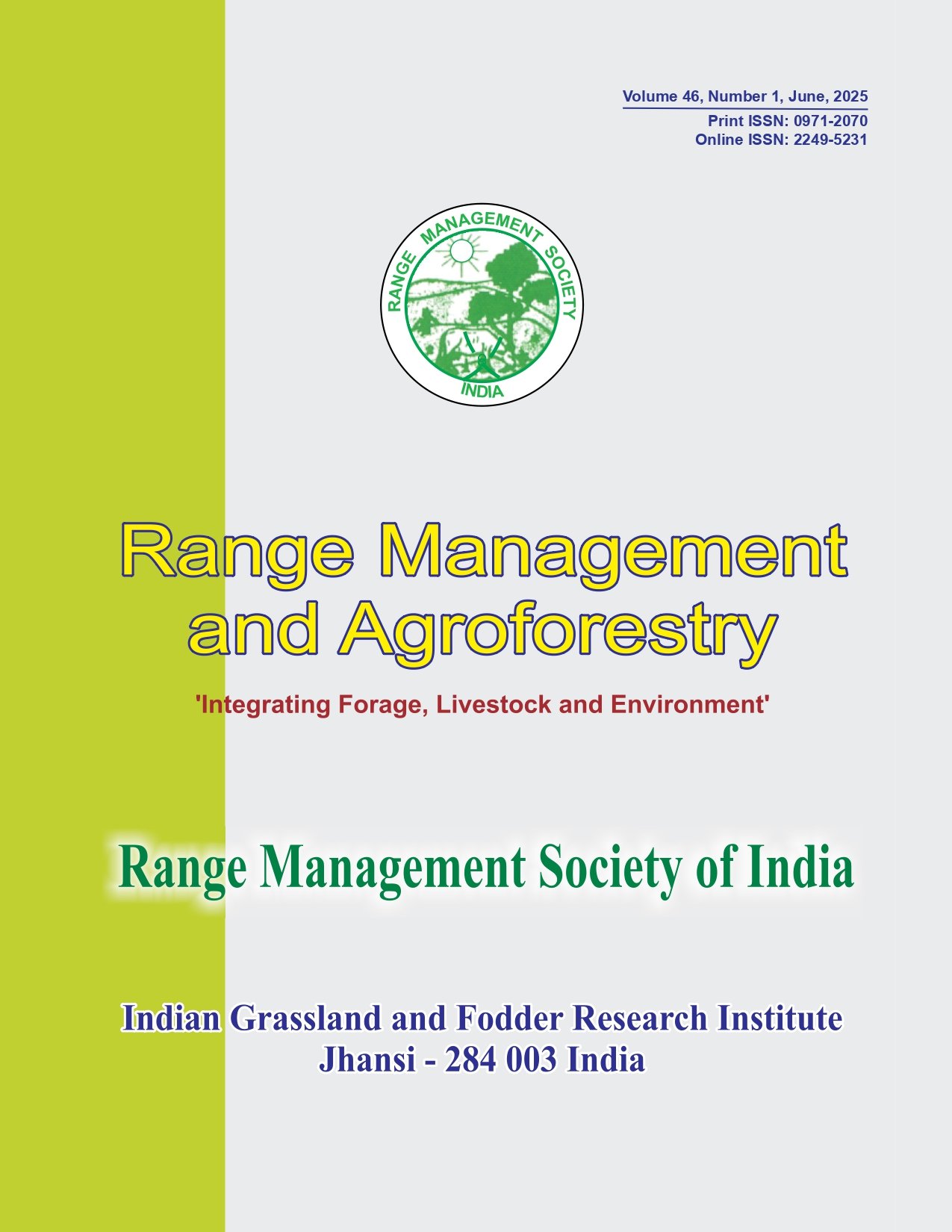Efficacy of landscape function analysis to assess differences between grazed and ungrazed rangelands in an arid landscape
Keywords:
Ecosystem, Environment, Land degradation, VegetationAbstract
This study was aimed to investigate the ability of landscape function analysis (LFA) procedure in distinguishing the functional differences between grazed and ungrazed rangelands. Ten transects were laid out in each rangeland. Different patch types were identified and their dimensions were measured to calculate landscape organization index. Soil surface indicators were also quantified within patches and inter-patches. LFA indices were extracted including: surface stability, infiltration, and nutrient cycling. There were significant differences between grazed and ungrazed areas and also between all grazing intensities. The difference between the infiltration of ungrazed and moderately grazed areas was not significant, but the difference was significant between severely grazed and moderately grazed areas. The results reflected the performance of the LFA procedures in evaluating and monitoring the status of rangelands.




